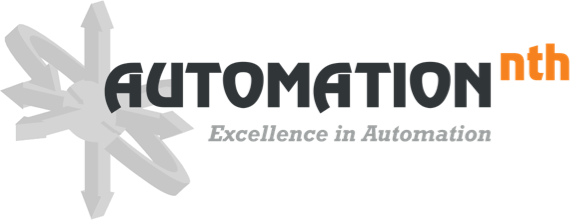Note: this public case study has removed sensitive details about our customer and their product line. If you are interested in seeing the full machine vision case study with all the details including photos and videos, please contact us here.
Machine Vision Challenges
A customer had an expensive sorting machine that wasn’t working properly. The machine was supposed to sort ~60 part types at a rate of 700ms per part with a vision system. However, the machine struggled to correctly classify parts. The orientation and placement of the parts on the conveyor belt was highly variable and the conveyor belt accumulated many stains. Classic rules-based algorithms could not be programmed to account for all the variability.
Additionally, the machine’s vision system was extremely difficult to modify and add new part types, which was a problem because new part types were continually introduced to the machine.
The company turned to Automationnth to find a cost effective solution that could be adapted for the existing sorting machine. The solution needed to improve sorting accuracy and also be easy to use and maintain.
Evaluation of Potential Solutions
Automationnth started by evaluating several off-the-shelf vision systems, Cognex In-Sight and Keyence CV-5000, on a prototype conveyor system in our lab. Both were too slow to meet the sortation system’s requirements.
Cognex VisionPro allowed more processing power by running from a computer and the ability to multi-thread our software to improve processing time. VisionPro also enabled us to create screens to easily add new parts to the system by writing custom software.
We experimented with a method using the height and area of each part to create a unique profile for each part orientation. This enabled us to create a dynamic sorting system which filters out the parts that do not fit the height and area profiles, then allows the Vision Pro PatMax tool to identify the final image against the possible profiles.
However, the conveyor belt’s slots and dirt accumulation caused interference in the part classification, resulting in an error rate that was too high.
To solve this issue, we tested a new wired backlit conveyor system to remove the dirt smearing and glare issues and found that it would work.
However, it would require the sorting machine to get an expensive mechanical retrofit and result in extended shutdown time with additional mechanical risk.
Solution: Cognex Vidi AI Machine Vision System
While these options were being evaluated, Cognex publicly released their new ViDi vision system. ViDi uses deep learning to solve complex, high variability applications that would be impossible for classic rule-based algorithms to handle. ViDi is “trained” with hundreds of labeled photos which enables the software to automatically learn a part’s normal appearance. ViDi’s deep learning capability allows it to make highly accurate predictions even if it encounters a part orientation it has never seen before.
The ViDi suite contains four “toolsets” for different applications: the Red tool to detect anomalies and defects, the Green tool to classify objects or scenes, and two Blue tools to locate features or read text and characters. Automationnth utilized the Red (part identification) and Green (part classification) tools to solve the part sorting challenges.
Automationnth trained the ViDi system with hundreds of photos to learn what each part type looks like. After training, it gains the ability to differentiate between a part and a belt.
ViDi uses its knowledge of the part location and masks out everything except for the part. The Green tool is then able to clearly identify what it needs to in order to classify the part.
Results
The ViDI system achieved 98.46% part identification accuracy, well above requirements. Additionally, this solution greatly simplified the customer’s system which will result in reduced maintenance and programming costs. The customer previously used 40+ photoeyes, 4 height sensors, and 4 strobe lights in its sorting system. The retrofit simplified the system to 8 photoeyes, 4 flat dome lights, and an encoder. The new system is also easier to train and add new parts than the existing system. Previously, the customer had to re-write code if they wanted to change the location of the bins. Now, the bin location is dynamic and they can put any part where they want it without any programming required. ViDi also minimized the system’s shutdown by eliminating the need to change the conveyors.
Summary
This project highlighted several unique strengths of Automationnth, including:
- Leading edge machine vision expertise
- Risk mitigation
- Customer collaboration
- Finding the most cost effective and reliable solution for our customer
